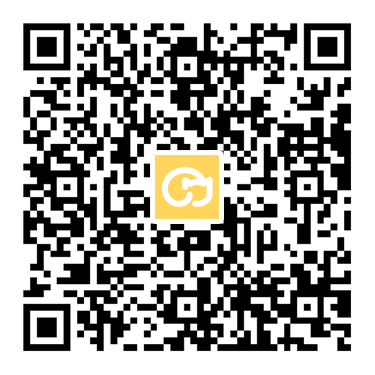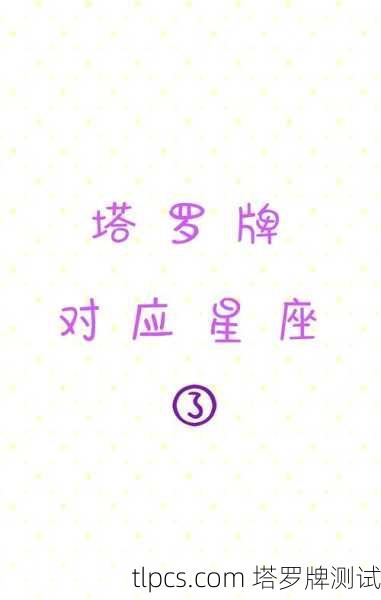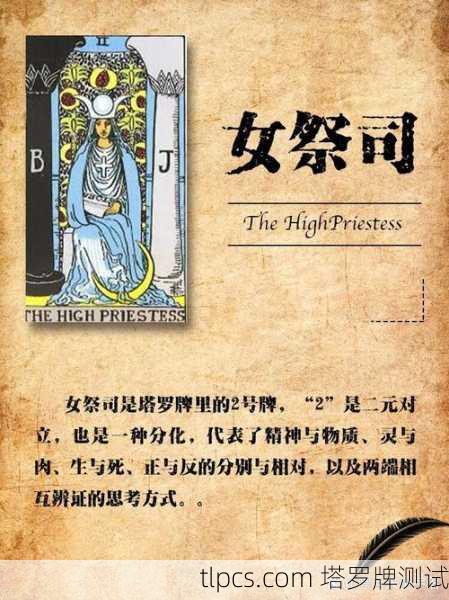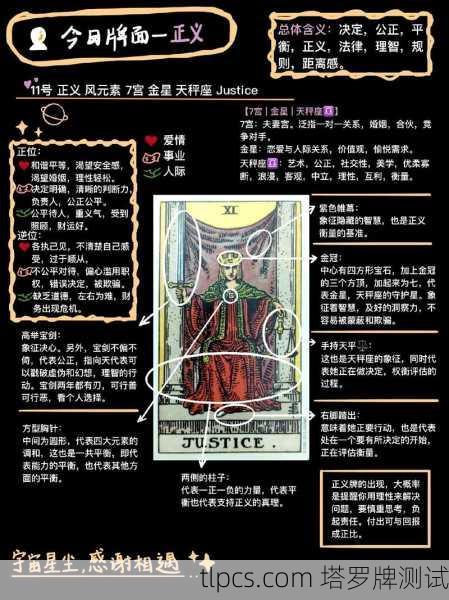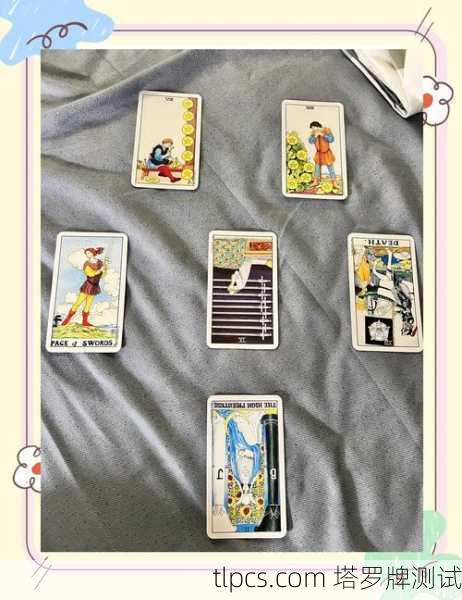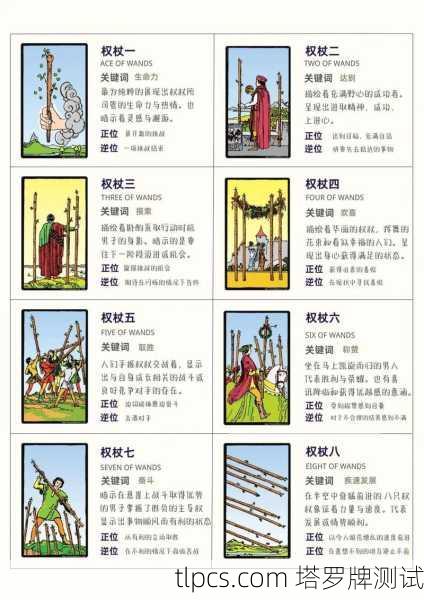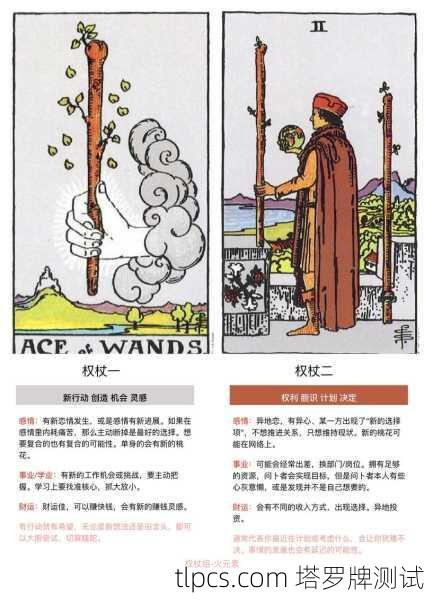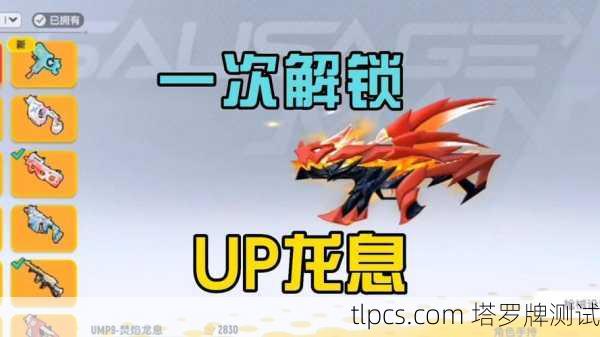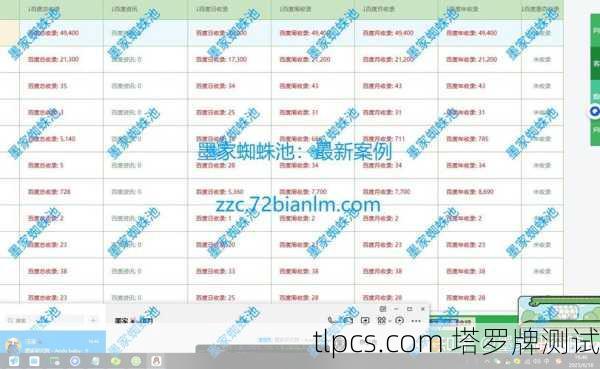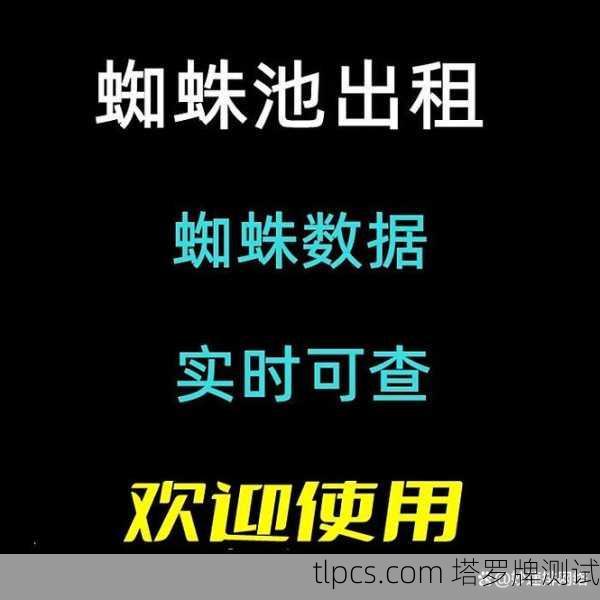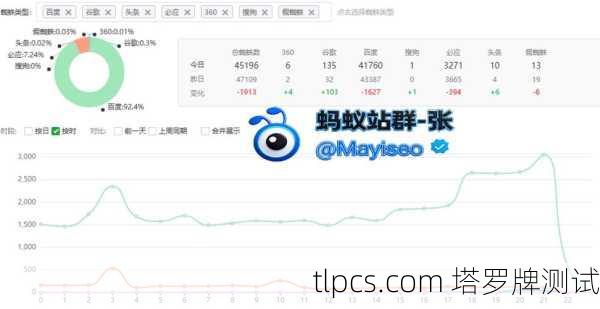** ,《Can You Read Tarot Cards? A Comprehensive Guide to Tarot Knowledge, Readings, and Tests》是一本系统介绍塔罗牌的实用指南,书中详细解析了塔罗牌的起源、结构(如大阿卡纳与小阿卡纳的区别)及每张牌的基本含义,帮助读者建立基础认知,它提供了多种牌阵的使用方法和解牌技巧,指导用户如何通过直觉与牌面结合进行准确解读,书中还包含自我测试环节,帮助读者评估学习成果并提升解牌能力,无论是初学者还是进阶者,都能通过本书掌握塔罗占卜的核心技能,并将其应用于日常生活或职业咨询中。
Introduction to Tarot Cards
Tarot cards are a powerful divination tool used for centuries to gain insight into life's questions, challenges, and opportunities. A standard Tarot deck consists of 78 cards, divided into the Major Arcana (22 cards representing significant life events and spiritual lessons) and the Minor Arcana (56 cards reflecting everyday experiences).
Whether you're a beginner or an experienced reader, understanding Tarot requires intuition, symbolism, and practice. This article explores Tarot knowledge, how to perform readings, and a step-by-step example of a Tarot test with an interpretation.
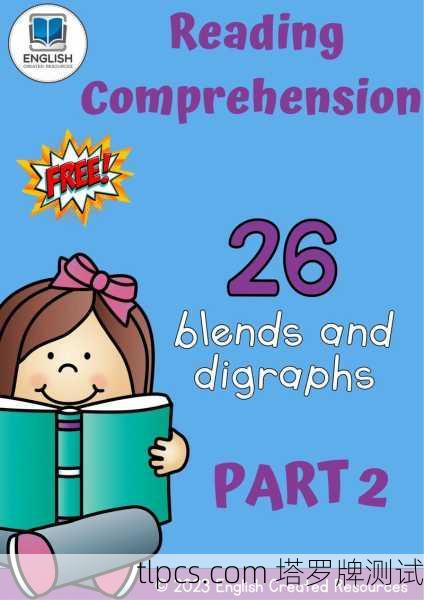
Understanding Tarot Card Meanings
The Major Arcana
The Major Arcana cards represent deep spiritual and karmic influences. Some key cards include:
- The Fool (0): New beginnings, spontaneity, and taking a leap of faith.
- The Magician (I): Manifestation, skill, and harnessing one's potential.
- The High Priestess (II): Intuition, hidden knowledge, and subconscious wisdom.
- The Lovers (VI): Relationships, choices, and harmony.
- Death (XIII): Transformation, endings, and rebirth (not literal death).
- The World (XXI): Completion, fulfillment, and wholeness.
The Minor Arcana
The Minor Arcana consists of four suits—Cups (emotions), Pentacles (material matters), Swords (intellect), and Wands (creativity and action)—each with ten numbered cards and four court cards (Page, Knight, Queen, King).
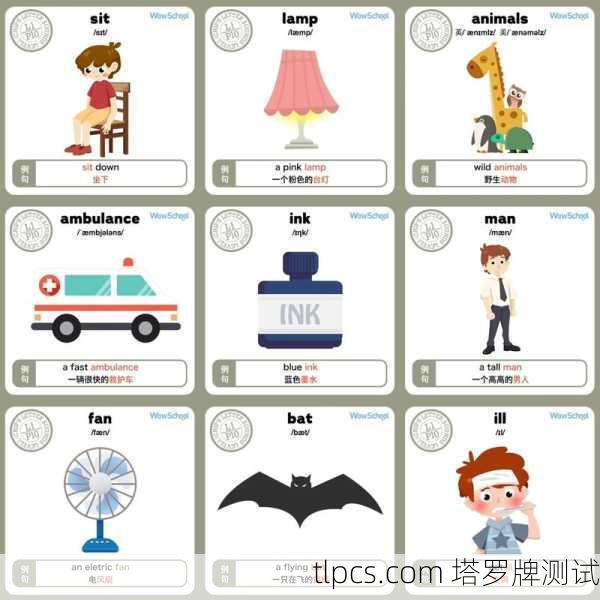
- Ace of Cups: New emotional beginnings, love, and joy.
- Five of Swords: Conflict, betrayal, or hollow victory.
- Ten of Pentacles: Financial stability, family legacy, and abundance.
- Knight of Wands: Adventure, passion, and impulsiveness.
How to Perform a Tarot Reading
Preparing for a Reading
- Cleanse Your Deck: Shuffle the cards while focusing on your question or intention. Some readers knock on the deck or use crystals to clear energy.
- Choose a Spread: Common spreads include:
- One-Card Pull: Quick insight into a situation.
- Three-Card Spread (Past, Present, Future): A simple timeline reading.
- Celtic Cross (10 cards): A detailed analysis of a complex issue.
Asking the Right Questions
Avoid yes/no questions; instead, ask open-ended ones like:
- "What do I need to focus on in my career right now?"
- "What lesson is this relationship teaching me?"
Interpreting the Cards
- Look at Imagery: Symbols, colors, and figures provide clues.
- Consider Card Positions: In a spread, position meanings (e.g., "challenge" or "outcome") influence interpretation.
- Trust Your Intuition: Personal feelings about a card can reveal deeper meanings.
Example Tarot Reading & Interpretation
Question: "What should I focus on in my love life?"
Spread Used: Three-Card (Past, Present, Future)
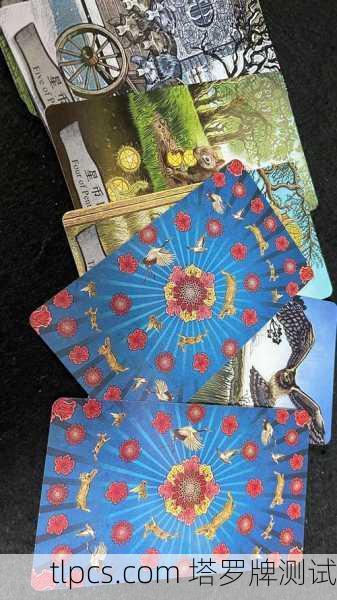
Cards Drawn:
-
Past – Three of Swords (Heartbreak, sorrow)
Indicates past emotional pain, possibly a breakup or betrayal.
-
Present – Two of Cups (Connection, partnership)
Suggests a current or upcoming meaningful relationship.
-
Future – The Lovers (Harmony, choices, deep love)
Signals a significant romantic decision or soulmate connection.
Interpretation:
The reading reveals that past heartbreak has shaped current emotional growth. The Two of Cups suggests a new, balanced relationship is forming. The Lovers indicates a deep, possibly karmic, connection ahead. The advice? Embrace vulnerability and make choices aligned with true emotional fulfillment.
Tarot Tests & Self-Exploration
Many people use Tarot for self-reflection rather than fortune-telling. Try these exercises:
Daily One-Card Pull
Draw a card each morning and reflect on how its energy applies to your day.
Shadow Work Spread
Use a 5-card spread to explore subconscious fears:
- What is my hidden fear?
- How does it affect me?
- What lesson does it teach?
- How can I heal?
- Outcome of facing it.
Yes/No Alternative Method
While Tarot isn’t ideal for yes/no questions, some readers assign:
- Upright = Yes/Positive
- Reversed = No/Challenges
Example: Drawing The Sun (Upright) for "Will I find happiness soon?" suggests a strong yes.
Conclusion
Tarot is a versatile tool for guidance, self-discovery, and spiritual growth. Whether you're learning to read for yourself or others, practice and intuition are key. By studying card meanings, experimenting with spreads, and trusting your inner voice, you can unlock the wisdom of the Tarot.
Remember, Tarot doesn’t predict a fixed future—it highlights possibilities based on current energies. Use it as a mirror for deeper understanding rather than absolute answers. Happy reading!

